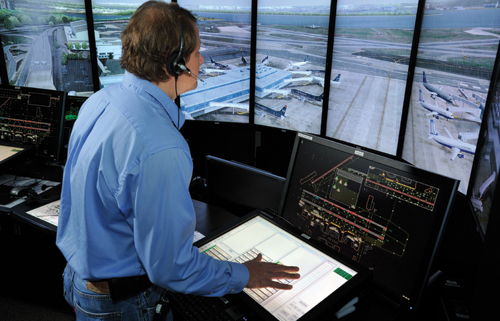The Evolution of Air Traffic Control: A Journey Through Time
Air Traffic Control (ATC) plays a crucial role in ensuring the safety and efficiency of air travel. With the skies becoming busier each year, ATC has evolved to meet the demands of modern aviation. In this blog post, we will explore the fascinating history of air traffic control and how it has changed over time.
The Early Days of Air Traffic Control:
The history of air traffic control dates back to the early 20th century when aviation was in its infancy. In the 1920s and 1930s, pilots would rely on visual signals and basic radio communications to navigate and avoid other aircraft. There were no standardized rules or procedures, and the skies were relatively unregulated.
The Birth of Modern Air Traffic Control:
The need for a more organized and efficient air traffic control system became evident with the increase in air traffic in the 1940s and 1950s. This led to the establishment of the Federal Aviation Administration (FAA) in the United States in 1958. The FAA was responsible for regulating air traffic and implementing standardized procedures and regulations.
The Technological Revolution:
The 1960s and 1970s saw a significant technological revolution in air traffic control. Radar systems were introduced, allowing controllers to track the location and movement of aircraft with greater precision. This was a significant improvement over the previous reliance on radio communications and visual observations.
The Introduction of Automation:
The 1980s and 1990s saw the introduction of automation in air traffic control. Computer systems were developed to assist controllers in managing air traffic and preventing collisions. These systems allowed for more accurate tracking of aircraft and improved the efficiency of air traffic control operations.
The Future of Air Traffic Control:
As we look to the future, there are many exciting developments in the field of air traffic control. The integration of artificial intelligence and machine learning has the potential to revolutionize the way air traffic is managed. Additionally, the use of unmanned aerial vehicles (drones) is expected to increase, requiring new rules and procedures to be developed.
The evolution of air traffic control has been a fascinating journey. From the early days of unregulated skies to the highly sophisticated and automated systems of today, air traffic control has come a long way. As technology continues to advance, we can expect to see even more changes and improvements in the way our skies are managed.



